Why Nvidia Stock Still Offers Long-Term Value Despite High Valuation
Why Nvidia Stock Still Offers Long-Term Value Despite High Valuation
Nvidia (NVDA) has become one of the most sought-after stocks in the financial markets. Over the past five years, its share price has skyrocketed by almost 1,500%, including a further 20% increase in just the last year.
The Growth Story Isn’t Over
Many wonder if there’s still room for Nvidia's stock to grow. A closer look reveals that Nvidia may remain undervalued, thanks to one key driver: the ongoing artificial intelligence (AI) revolution.
AI: The Catalyst for Decades of Growth
AI adoption is still in its early stages. According to the United Nations, the global AI market was valued at around $190 billion in 2023 but is expected to reach nearly $5 trillion by 2033—a compound annual growth rate (CAGR) exceeding 30%.
Nvidia’s performance has even outpaced this rapid expansion. Last year, Nvidia’s revenue more than doubled, and analysts predict another increase of over 50% this year.
Why Nvidia’s Growth Outpaces the Market
Nvidia leads the AI hardware and software industry. With over 90% market share in AI GPUs, the company’s advanced products—such as its highly sought-after Blackwell chips—are in immense demand by major cloud computing operators. Furthermore, Nvidia’s CUDA platform creates a locked-in ecosystem for developers, offering seamless integration of hardware and software.
Because of these advantages, Nvidia reports gross margins more than twice those of rivals like Intel. The company’s early investment and superior products have established a major lead, putting Nvidia in a position to charge premium prices and maintain a competitive edge for years to come.
Long-Term Investors Stand to Gain
At first glance, Nvidia’s valuation appears high—it currently trades at 27 times sales and 53 times trailing earnings. However, considering projected earnings, its valuation becomes more attractive. Based on consensus forecasts, Nvidia is priced at just 38 times 2026 earnings. If profits grow at the expected annual rate, the stock could trade at just 22 times projected 2028 earnings. This trajectory suggests Nvidia could keep up its growth through 2033 and beyond.
While Nvidia shares may seem expensive now, patient investors willing to hold for the long term could find substantial value, as the company continues to dominate and expand within the booming AI sector.
This content is for informational purposes only and does not constitute financial advice.

